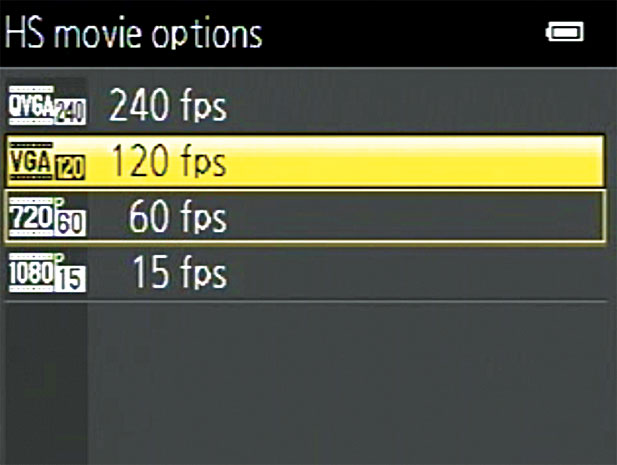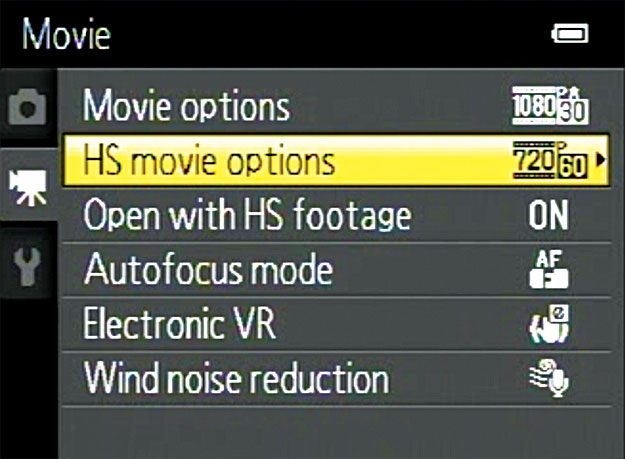Just Say Mo. Slow-Mo Video that is.
Not that I want to confuse you right off the bat—and if you’re a film fan you probably already know this—but slow motion filming is really high speed filming; it’s only slow in playback. What’s happening is you start out shooting in high speed and capture more frames per second, so when you play it back you’re showing more of what’s going on—literally what your eyes miss when you view real time.
A movie is traditionally shot at 24 frames per second; video is about 30 frames per second. Frames going by that fast—they are, really, a series of stills—give you motion. Many COOLPIX cameras, including the P500, offer you the option of shooting a high speed movie at 60, 120 or 240 frames per second; Nikon 1 advanced cameras with interchangeable lenses offer 400 or 1200 fps. When you play back the movies made at those speeds at the cameras’ regular playback speed of 30 fps, you’ve got yourself a slow motion movie. And that’s basically it for slo-mo: film at a higher rate, play back at the normal rate and you’ll be seeing all the extra frames that account for the slow motion appearance. What you’re actually seeing is all the detail, all the extra information that normally goes by too fast for your eye to catch.
That’s the purely mechanical “how” part of the story. The creative and fun part is the “why” of slow motion.
I like to film in a manner that lets me see things in a totally different way—that’s why I like, for example, time lapse, unusual points of view and action that takes place in slow motion. Anyone who’s ever watched pro sports broadcasts on TV can attest to the excitement and effectiveness of slow motion; professional sports today are almost centered around the slow motion replay because it allows all the fans to clearly see what happened. Slow down elements of your world—surfers at the beach, your kids playing soccer—and you’ll see that the simple, everyday things going on around you aren’t really that simple; they’re humorous, intriguing and surprising.
A few things to consider:
The setting you choose for your high speed shooting will dictate the resolution of the image; the higher the speed, the lower the resolution because all that extra data you’re recording at high speed has to be saved to a compressed file on the memory card.
When you shoot at high speeds for slow motion, audio is not recorded. In the editing process I either go with silent slo-mo or add music and/or narration. If it’s vital to hear what the person is saying, I’ll have a supplemental recorder catch the audio—even though it won’t sync with the person’s lips—so I can edit it in later.
And although it goes without saying, I’ll say it anyway: it’s slow motion because it’s all about motion, so make sure you’ve got some action happening in the scenes you choose to film in slo-mo.
You can see some slow motion footage shot with Nikon 1 and COOLPIX cameras at www.nikonusa.com/slow-motion.










